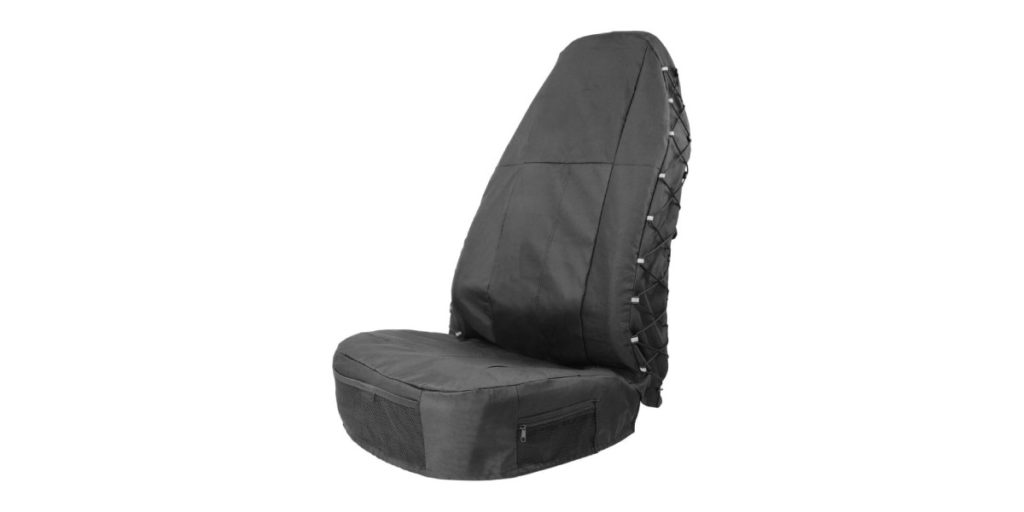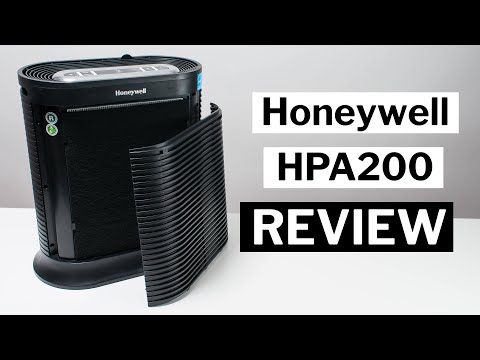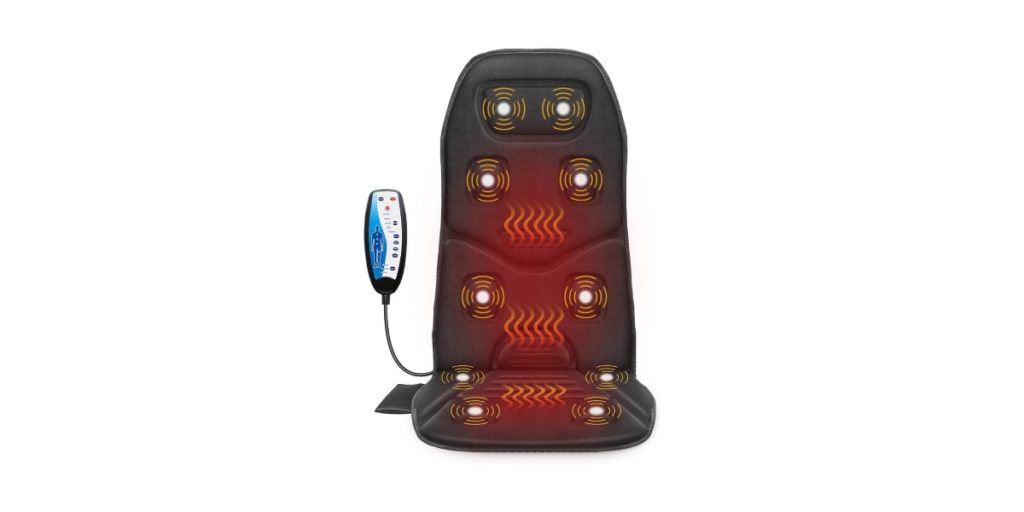Exploring the intricate landscape of purchasing a used big rig requires a meticulous approach and a discerning eye for detail. Understanding the nuances of this specialized market is paramount to making a well-informed decision that will ultimately impact your bottom line.
By exploring key considerations such as maintenance histories, potential warning signs, and essential warranty options, this guide aims to equip buyers with the tools needed to secure a reliable investment.
Stay tuned to uncover the expert insights necessary for mastering the art of used big rig acquisitions and ensuring a successful transaction in this competitive arena.
Key Takeaways
- Know your truck needs and inspect maintenance records for a well-suited purchase.
- Deal with reputable dealers offering short warranties for post-purchase recourse.
- Research extended warranty options and weigh costs against benefits for major components.
- Avoid red flags like unknown histories and prioritize transparency and reliability in purchases.
Needs Assessment and Maintenance Verification

When considering the purchase of a used big rig, conducting a thorough needs assessment is essential for ensuring a reliable investment. Budget constraints play a significant role in this initial stage, guiding buyers to evaluate their financial limits and prioritize essential features.
Developing a detailed inspection checklist further aids in pinpointing critical maintenance verifications, ensuring that the chosen truck meets the required standards. By meticulously aligning needs with maintenance verification, buyers can avoid costly surprises post-purchase and make informed decisions based on data-driven insights.
This analytical approach not only safeguards against potential risks but also empowers buyers to negotiate effectively and secure a big rig that aligns with their operational requirements.
Engine and Driveline Suitability Check
Aligning the budget constraints with essential features during the needs assessment phase sets the foundation for a meticulous evaluation of engine and driveline suitability when purchasing a used big rig. Performance tuning and fuel efficiency are important factors to think about.
Evaluate the engine’s power output and torque capabilities to make sure it meets the demands of your intended use. Look into the driveline components such as the transmission and differential to assess their condition and compatibility with the engine.
Take into account the overall fuel efficiency of the rig to determine its cost-effectiveness in the long run. A thorough inspection of these elements will help you make an informed decision and avoid potential issues down the road.
Legal Guidance for Owner-Operators
An essential aspect for owner-operators to contemplate is seeking legal guidance to navigate the complexities of regulations and contractual obligations in the commercial trucking industry. Legal considerations play a critical role in ensuring compliance with state and federal laws, safeguarding against potential liabilities, and understanding the intricacies of contracts.
When delving into financing options, owner-operators must be well-versed in the legal implications of different financial arrangements, such as leases or loans. Working closely with legal professionals can provide valuable insights into protecting one’s interests, negotiating favorable terms, and resolving disputes effectively.
Avoiding Underpowered Rigs
Understanding the detrimental impact of underpowered rigs on operational efficiency and overall performance is important in making informed decisions when purchasing a used big rig. Powertrain performance plays an essential role in ensuring that the rig can handle the intended workload effectively.
Before finalizing a purchase, conducting a thorough load capacity assessment is necessary to avoid potential issues related to underperformance. An underpowered rig not only hampers productivity but also leads to increased maintenance costs and potential breakdowns.
Fit for Intended Work Type
For critical operational efficiency and performance, it is imperative to confirm that the used big rig aligns with the specific requirements of the intended work type. Proper workload analysis and understanding of the truck customization needed are critical factors in making the right choice.
To verify the big rig fits the intended work type, consider the following:
- Evaluate the truck’s current configuration and assess if any modifications are necessary.
- Analyze the workload demands to determine the required power, capacity, and features.
- Check if the truck has the appropriate transmission and suspension setup for the workload.
- Consider any specialized equipment needed for the specific job requirements.
- Confirm the truck’s size, weight capacity, and maneuverability align with the intended work environment.
Engine History and Maintenance Records

To ascertain the reliability and longevity of a used big rig, thorough examination of its engine history and maintenance records is paramount. The engine rebuild frequency can provide vital insights into the overall health of the vehicle.
Maintenance record importance cannot be overstated, as it reveals the level of care and attention the rig has received over its lifetime. By reviewing these records meticulously, potential buyers can uncover patterns of regular maintenance or identify any recurring issues that may indicate underlying problems.
Understanding the maintenance history allows for a more informed decision-making process, ensuring that the chosen big rig is not only suitable for the intended work type but also capable of delivering best performance for the long haul.
Engine Rebuild Consideration
An engine rebuild after reaching the milestone of 700,000 miles is a strategic consideration for maintaining the peak performance and longevity of a used big rig. It involves a thorough analysis of the mileage threshold, cost comparison, maintenance schedule, and budget planning. Here are some key points to think about:
- Evaluate the mileage threshold for best performance.
- Compare the costs of a rebuild versus purchasing a new engine.
- Plan the maintenance schedule to coincide with the rebuild.
- Budget effectively to make a smooth change.
- Think about the long-term benefits of a rebuild for the rig’s overall performance and longevity.
Upcoming Replacements Inspection
After considering the engine rebuild milestone, the inspection for upcoming replacements in a used big rig is a critical step towards maintaining its performance and reliability. It is essential to adhere to a strict replacement schedule to prevent unexpected breakdowns and costly repairs.
Prioritize upcoming maintenance tasks such as transmission and rear end replacements, ensuring that these components are in best condition. Analyzing oil samples and thoroughly inspecting the suspension, wiring, and drivetrain can provide valuable insights into the overall health of the truck.
Reputable Dealership Considerations
When evaluating reputable dealership considerations for purchasing a used big rig, prioritizing financial stability and warranty offerings is important for ensuring a secure investment. It is vital to choose a dealer that not only provides attractive financing options but also offers solid recourse post-purchase. Here are key points to contemplate:
- Financial Stability: Opt for dealerships with strong financial standing.
- Warranty Offerings: Look for dealers offering extensive warranties.
- Customer Reviews: Check online reviews for feedback on dealership experiences.
- Industry Reputation: Consider the reputation of the dealership within the trucking industry.
- After-Sales Support: Ensure the dealership provides adequate support and assistance post-purchase.
Extended Warranty Evaluation
Considering the importance of safeguarding your investment and mitigating potential future costs, an evaluation of extended warranty options for used big rigs becomes a strategic step in the purchasing process.
When analyzing extended warranties, conducting a thorough cost-benefit analysis is essential. It is vital to weigh the upfront cost of the warranty against potential savings on major component repairs. Additionally, buyers should be wary of warranty coverage restrictions that may limit the types of repairs or impose high deductibles.
Understanding the fine print and comparing warranties from different dealerships can help buyers make informed decisions. By evaluating the cost-effectiveness and limitations of extended warranties, purchasers can make sure they are adequately protected without overspending on unnecessary coverage.
Frequently Asked Questions
What Are Some Common Mistakes Buyers Make When Purchasing a Used Big Rig?
Common mistakes buyers make when purchasing a used big rig include overlooking inspection checklists, neglecting maintenance records, failing to negotiate effectively, and ignoring financing options. To avoid these errors, buyers must conduct thorough research and due diligence.
How Can Buyers Ensure They Are Getting a Fair Price for a Used Big Rig?
To guarantee a fair price for a used big rig, buyers should employ negotiation tactics and conduct thorough price comparisons. Utilize an inspection checklist and review maintenance records to assess value accurately and negotiate effectively.
Are There Specific Factors to Consider When Buying a Used Big Rig for Long-Haul Vs. Local Transportation?
When purchasing a used big rig for long-haul vs. local transportation, consider maintenance history, inspection process, age, and mileage. Analyzing these factors guarantees reliability and efficiency, guiding buyers towards a wise investment fit for their specific transportation needs.
What Are Some Key Indicators That a Used Big Rig Has Been Well Taken Care of by Its Previous Owner?
Key indicators of a well-maintained used big rig include detailed maintenance records, clean inspection reports, moderate mileage for its age, and a healthy engine condition. These factors reflect a history of care and attention by the previous owner.
How Can Buyers Protect Themselves From Potential Scams or Fraudulent Sellers When Purchasing a Used Big Rig?
To protect against scams or fraud when purchasing a used big rig, buyers should follow a thorough inspection checklist, employ skilled negotiation tactics, explore warranty options, and utilize smart financing strategies. These measures guarantee a secure and successful purchase.
Conclusion
To sum up, mastering the purchase of a used big rig requires a meticulous approach that considers various factors such as maintenance history, engine specifications, and dealership reputation.
According to industry data, 85% of used big rig buyers prioritize reliability and cost-effectiveness when making their purchasing decisions.
By following expert tips and conducting thorough assessments, buyers can guarantee a successful transaction and secure a durable investment for their commercial transportation needs.
Learn more about Truck Trade-In and Resale Values here!










